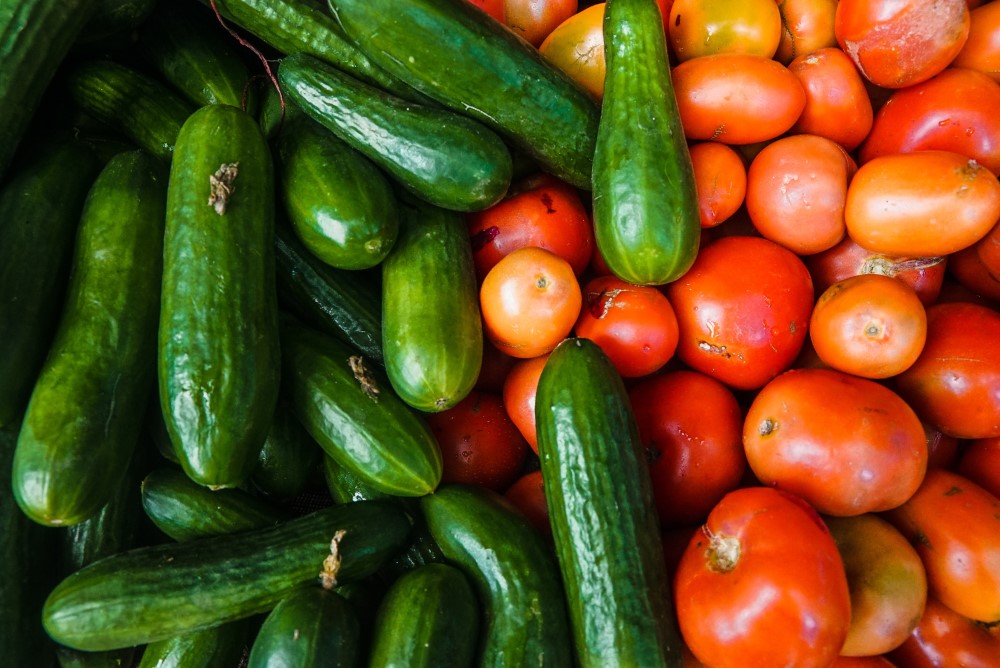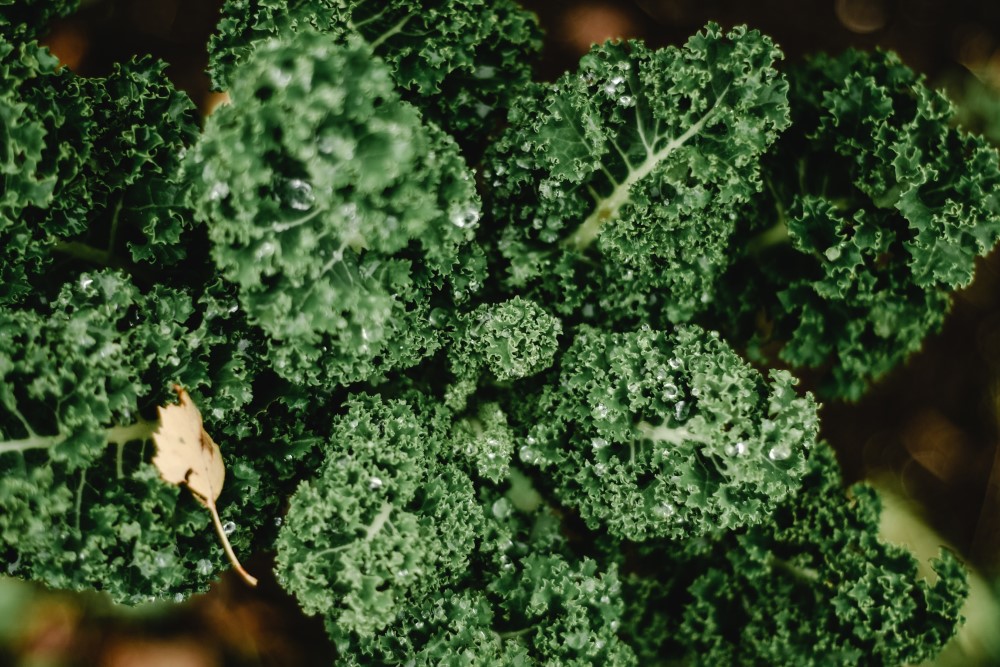
Credits to Victor Freitas
Yes, it is possible to turn a home gym into a business. With the increasing popularity of home gyms and personal training, there is a growing demand for home-based fitness services. However, there are important factors to consider before starting a home gym business.
Legal Considerations
Prior to starting a home gym business, consider the legal implications. Depending on where you live, there may be regulations or restrictions on operating a business out of your home.
Here are some of the legal factors to keep in mind:
- Business structure: Consider the legal structure of your home gym business, such as a sole proprietorship, partnership, or LLC. Each structure has different legal and tax implications, so it’s important to research and choose the one that’s right for your business.
- Zoning laws: Check with your local government to ensure that your home gym business is allowed in your area. There may be zoning laws or regulations that restrict or prohibit businesses from operating out of a residential area.
- Business licenses and permits: Depending on your location, you may need to obtain business licenses or permits to operate a home gym business. Be sure to research and obtain any necessary licenses or permits before starting your business.
- Liability waivers: It’s important to have clients sign liability waivers before working out in your home gym. These waivers can protect you in the event that a client is injured while working out.
- Insurance: As mentioned earlier, liability insurance is important to protect you in the event that a client is injured while working out in your home gym. Be sure to speak with an insurance agent to determine the coverage you need and the associated costs.
- Intellectual property: If you plan on creating and selling your own workout programs or products, it’s important to protect your intellectual property through trademarks, copyrights, or patents.
- Taxes: Starting a home gym business may have tax implications, so it’s important to consult with a tax professional to ensure that you’re following all applicable laws and regulations.
Legal considerations are an important aspect to consider when starting a home gym business. By researching and complying with all applicable laws and regulations, you can protect yourself and your business and ensure a successful and sustainable venture.
Insurance
It’s also important to have liability insurance before starting a home gym business. Liability insurance can protect you in the event that a client is injured while working out in your home gym. Be sure to speak with an insurance agent to determine the coverage you need and the associated costs.
Equipment
When starting a home gym business, it’s important to have the necessary equipment to provide a safe and effective workout for clients. This may include weights, cardio equipment, resistance bands, stability balls, and other equipment. Be sure to invest in quality equipment that is suitable for a range of fitness levels and goals.
Marketing
Marketing is key to attracting clients and growing a home gym business. Be sure to have a professional website and social media presence, and consider offering promotions or discounts to new clients. Word-of-mouth can also be a powerful marketing tool, so be sure to ask satisfied clients for referrals.
Pricing
Pricing is an important factor to consider when starting a home gym business. Be sure to research the prices of other home-based fitness services in your area, and set your prices competitively. Consider offering package deals or discounts for clients who sign up for multiple sessions.
Scheduling
Scheduling is another important factor to consider when starting a home gym business. Be sure to create a schedule that works for both you and your clients, and be prepared to be flexible to accommodate their needs. Consider using scheduling software or apps to make it easy for clients to book sessions.
Safety
Safety is a top priority when starting a home gym business. Be sure to assess the space and equipment for any potential hazards, and take steps to mitigate those hazards. This may include ensuring that equipment is properly maintained and functioning, providing adequate space for exercises, and keeping the area clean and organized.
Additional Points to Consider
In addition to the factors mentioned above, here are some more points to consider when turning your home gym into a business: - Qualifications: It’s important to have the appropriate qualifications and certifications to offer personal training services. This may include a degree in exercise science or a related field, as well as certifications from reputable organizations such as ACE, NASM, or ACSM.
- Specializations: Consider specializing in a particular area of fitness, such as strength training, weight loss, or sports performance. This can help you stand out from competitors and attract clients with specific needs.
- Client assessments: Before working with a client, it’s important to perform a comprehensive assessment to determine their fitness level, goals, and any health issues or limitations. This can help you create a customized workout plan that is safe and effective.
- Client progress tracking: Tracking client progress is important for measuring success and making adjustments to the workout plan. Consider using a software program or app to track client progress and communicate with clients outside of sessions.
- Client retention: Building a strong client base is important for a successful home gym business. Consider offering incentives for clients who refer new business, as well as discounts for clients who commit to long-term training plans.
- Professionalism: Maintaining a professional demeanor and appearance is important for creating a positive client experience. Be sure to dress appropriately, arrive on time, and communicate clearly and effectively with clients.
- Continual education: The fitness industry is constantly evolving, so it’s important to stay up-to-date on the latest research and trends. Consider attending conferences, workshops, and continuing education courses to stay current and improve your skills.
In essence, turning a home gym into a business is possible with proper planning and preparation. By considering legal, insurance, equipment, marketing, pricing, scheduling, and safety factors, you can create a successful and profitable home-based fitness business.








